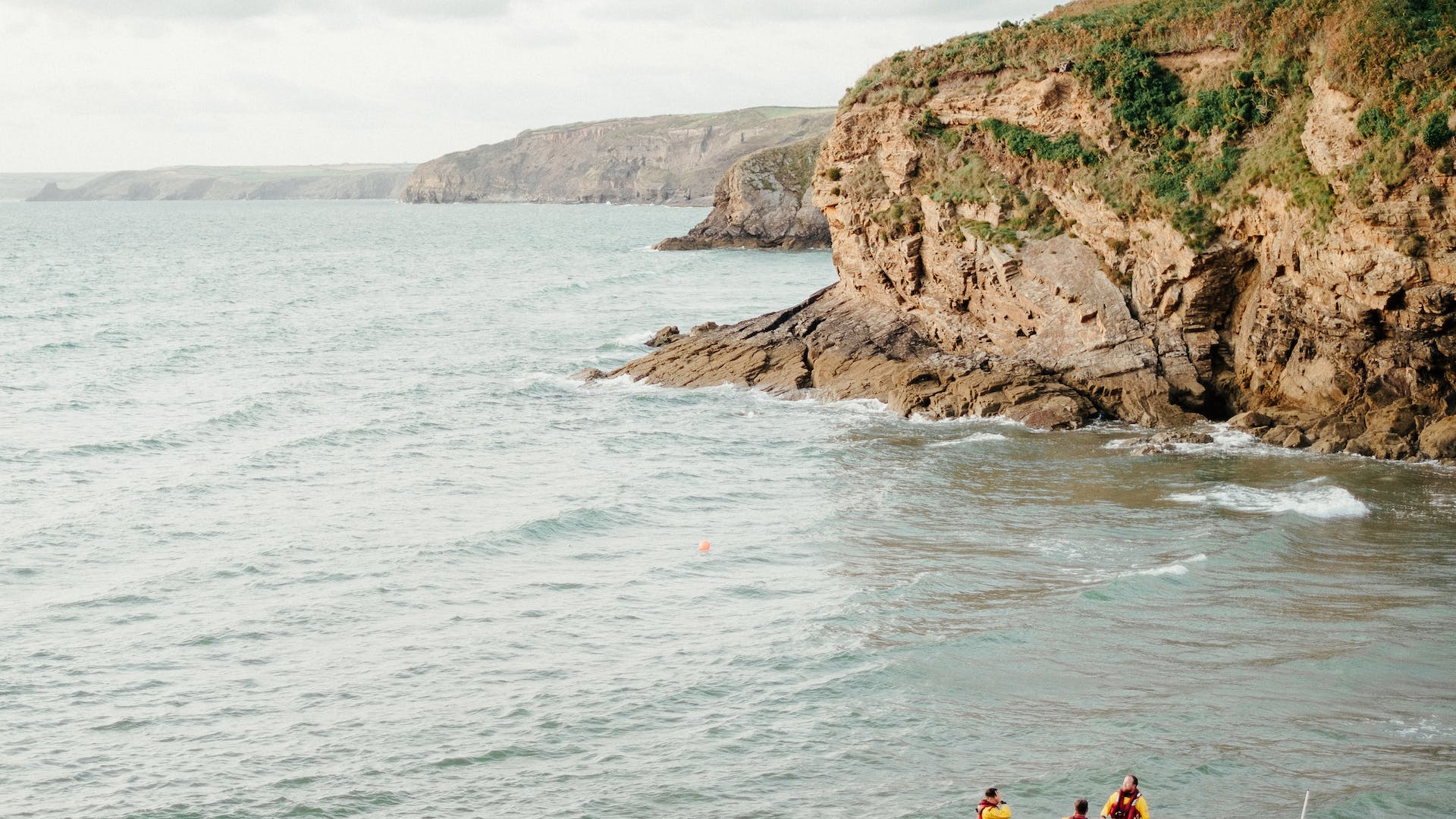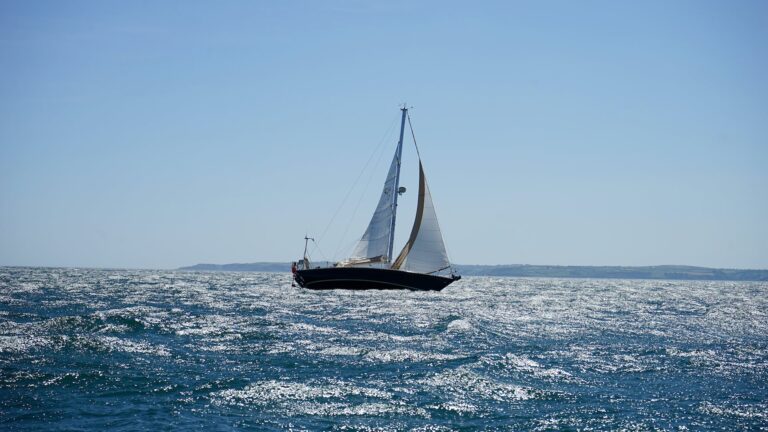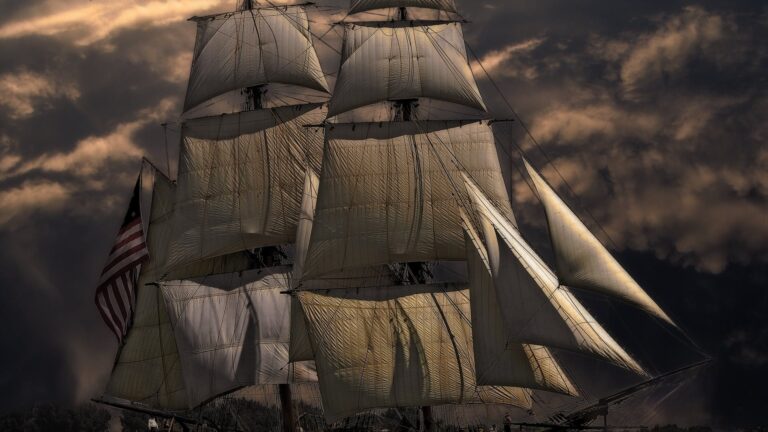What Are The Important Things To Remember Before Using The Chart For Sailing?
Important Things To Remember Before Using a Chart for Sailing
Sailing is an exciting sport that can take you to places you never thought possible, but it requires careful planning and understanding of the navigation tools available to you to ensure a safe journey.
One of the most important navigation tools is a chart, which provides a detailed look of the area you plan to explore, along with any navigational hazards and other potential issues you should be aware of before setting sail. Here are some important things to remember before using a chart for sailing:
Check the Scale of the Chart
The scale of the chart is one of the first things to check before commencing any chart work, as it will tell you how much detail is included in that particular chart and how large an area it covers. Depending on your needs, you may need a smaller scale chart for more detailed information or a larger scale map for broad overviews of larger areas.
Read the Notes of the Chart
Every chart will come with its own set of notes that explain what all the various symbols mean, where certain navigational landmarks are located, what types of hazards might exist in certain areas, and other useful information that can help you make better decisions while sailing in unfamiliar waters. Be sure to read through these notes carefully before you set sail and refer back to them as needed while exploring new places.
Understand Chart Symbols
The symbols included on charts are designed to make them easier to read by providing visual cues about different types of navigational hazards, landmasses, and other features without having to read through lengthy descriptions or explanations about each one.
It’s important that sailors understand these symbols before heading out so they can quickly identify any potential issues they may come across during their journey.
Check for Chart Corrections
Charts are updated regularly due to changes in terrain or navigational conditions, so it’s important that sailors check for any recent corrections before using their charts for navigation purposes.
This will help ensure their charts are up-to-date with all the latest information about their destination and any potential hazards they may encounter along the way.
Use GPS Positions
GPS technology has made navigating much easier by providing sailors with exact positions relative to their destination at all times (as long as they have access to satellite coverage).
As such, it’s important that sailors use this data when plotting their course on a chart so they can stay on track while sailing in unfamiliar waters or during times when visibility is low due to weather or darkness.
Monitor Radar Fixes
Radar technology has been around since World War II and is still used today by many ships as an additional navigation tool when visibility is poor or when navigating through hazardous areas such as busy shipping lanes or foggy waters where obstacles may be difficult to spot with just visual cues alone .
It’s important that sailors keep an eye on their radar fixes at all times so they know exactly where they are relative to nearby obstacles or landmasses and can adjust their course accordingly if needed .
Make Visual Fixes
While GPS and radar technology have made navigating much easier , there’s still no substitute for using your own eyes when navigating around unfamiliar waters . Making visual fixes involves visually identifying nearby landmarks , such as buoys , lighthouses , bridges , etc., so you know exactly where you are relative to your destination . Visual fixes should be used alongside GPS data and radar fixes whenever possible .
Use Position Circle and Position Line
When plotting your course on a chart , it’s important that sailors use position circles (or arcs) and position lines (or vectors) as reference points along with their GPS data . Position circles/arcs show sailors how far away from a certain point they are , while position lines/vectors show them how far away from another point they need to travel . Using these two navigation methods together helps provide better accuracy when plotting courses on charts.
Further Tips for Chart Plotting
Before setting sail , it’s always a good idea to review your route one last time with another experienced sailor who knows how read charts correctly . This will help ensure no mistakes have been made along the way , which could potentially lead to dangerous situations while out at sea .
Additionally , sailors should always carry extra charts in case something happens during their journey which requires them to update or change their route unexpectedly.
Conclusion
Navigating via nautical charts can be confusing if not done properly but with some practice and patience anyone can become a master at plotting courses while out at sea . By following these simple tips sailors can ensure they always stay safe while exploring new places by sea .







